Enterprises waste money on antiquated learning management, knowledge management and content management systems that come with outdated, irrelevant, off-the-shelf content with poor discovery and personalization. The irony is that most organizations fail to tap into the best knowledge and insights, which come from their own experts.
Studies have shown that the best form of knowledge is the tacit knowledge of the subject matter experts (SMEs) inside our own organizations. In fact, Google has moved 75 percent of all its learning and knowledge-sharing to a model it calls “G2G” — Googler-to-Googler.
Unlock Internal Knowledge
There is a revolution sweeping through learning and development (L&D). In the old world of corporate learning, we witnessed a top-down approach. A few people, often in HR, decided what to teach, and they pushed that learning content down through the organization. In today’s digital world, the best approach is the other way around: Content moves from the bottom up and is no longer about pedigree. The power has shifted to the employees, and they are eager to share their knowledge and insights. And everyone wants to measure the results (i.e., who learned and how much).
This knowledge-sharing is radically good for business. Kevin Oakes of I4CP has said that sharing information is four times more common in high-performing companies. It’s what makes a company resilient and agile.
Knowledge-sharing also builds on something you already have. You’re hiring smart people who have the right knowledge and know the best ways to keep your business in its most successful state. But do you have programs in place to identify who your experts or high performers are? Are you empowering them with easy-to-use tools so they can efficiently share what they know with their peers? If not, you’re missing out on some extraordinary benefits.
The Importance of Tacit Knowledge
Learning is already happening in your organization. It happens when people reach out through informal networks every day, whether it’s on Slack chats or in hallway conversations. They are gathering two main types of knowledge: explicit knowledge and tacit knowledge. Explicit knowledge is the content that we can all access easily, via courses, articles, LinkedIn feeds, etc.
Tacit knowledge is less obvious. Ritesh Chugh defines it as “skills, ideas and experiences that people have in their minds and are, therefore, difficult to access because it is often not codified and may not necessarily be easily expressed.” Or, as Nick Snowdon brilliantly puts it, “We will always know more than we say; we will always say more than we can write down.”
Tacit knowledge is the more important and relevant type of knowledge that drives performance, increases resilience and weaves a culture of innovation into the very bedrock of an organization. It’s what drives the informal learning that has become top of the agenda for CLOs.
Tacit knowledge is “where the value is,” says Charles Jennings of the 70:20:10 Institute. “When you look at organizations, the value is in extracting from tacit information and from tacit knowledge, and then institutionalizing it.”
The Democratization of Expertise
So how do you identify and help your experts educate others? First, you need the tools.
When companies make it easy for people to share knowledge by acting as a network that facilitates the digitization of the informal learning process, they make it more tangible, shareable and effective.
For example, by giving employees the tools to share their knowledge directly through their smartphones—e.g., by filming short video segments to convey their insights—they become incredibly empowered. They can then share these videos automatically with people inside their networks and with people who have identified the sharer as an influencer or SME.
Second, you need to manage the key process of curating material. For example, you can use expert curators and AI algorithms to sift through and approve content, which is then sent to the rest of the enterprise or relevant individuals. As the rest of the organization watches or reads the content, they rate it, and the key experts emerge.
This isn’t just a wisdom-of-the-crowd approach: There is a curation layer to make sure the information is, indeed, correct. But the point is that the knowledge is coming increasingly from employees themselves and not from outside the organization.
There are three key benefits to democratizing expertise in your organization:
1. The Benefit for Employees: Valuable Content
The content employees access delivers tangible value that helps them improve performance. The SME has an exact understanding of the problem definition; therefore, it’s smarter to tap into this expert, who has a valuable contextual understanding of the topic, than it is to reach out to someone outside the enterprise.
2. The Benefit for Experts: Recognition and Retention
Studies show that recognition is a key driver in high retention. One of the main factors that makes people leave companies is that they don’t think the company fully appreciates them. With a knowledge network in place, employees receive “likes,” comments and feedback from their peers. They will feel that recognition viscerally. In fact, it will be woven into the fabric of their work day.
3. The Benefit for Enterprise: Visibility
Most companies have no idea who their experts are in key topics. For example, an oil and gas insurance company may not know who their best data scientist is on a specific issue. By using digital tools that help them identify their experts frequently and on a granular level, they will be able to access data that provides powerful visibility into the company’s knowledge bank that may have previously gone unnoticed.
Herein lies the paradox: An organization may have the best knowledge and expertise with its employees, but it cannot be easily accessed because it cannot be easily discovered. Yet it is right there, sitting in the minds of the organization’s team members. Companies just need the technology and tools to draw out and benefit from the great potential of the minds of its employees.



